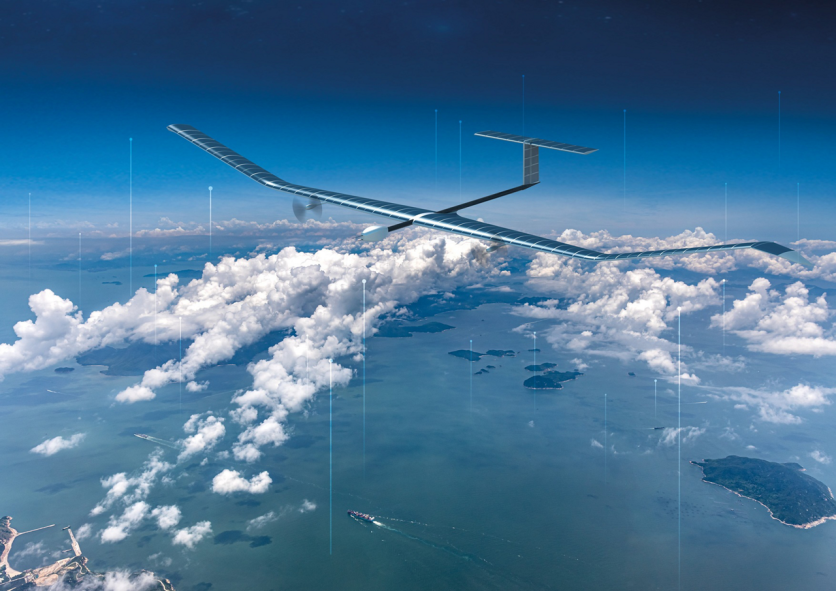Airbus' unmanned and solar-powered Zephyr S has been flying non-stop at extremely high altitudes!
In fact, the aircraft has been flying for more than 17 days since its takeoff, according to a report from The Drive.

All About Zephyr S
The Zephyr S air vehicle, also known as a drone and a pseudo-satellite, took flight last June from the U.S. Army's Yuma Proving Ground located in Arizona. The aircraft was designed to stay in the air for extended periods so that the military could use it as a sensor platform, according to Interesting Engineering.
On June 15, the Zephyr S was observed using online flight tracking tools after departing from an airfield at Yuma Proving Ground. Since then, the plane has flown numerous patterns over the Kofa National Wildfire Refuge and the Yuma Test Range.
Zephyr S test flights have been conducted over this region by Airbus for quite some time. However, according to flight tracking data, the aircraft has also begun to fly in the southeast towards the Arizona border and the southwest into the Gulf of Mexico.
Zephyr S crossed the Gulf of Mexico, the Caribbean Sea, and Belize's airspace on June 27. The plane headed back to the U.S. last week.
World-Record-Breaking Drone
In 2018, the Zephyr S made its debut flight and stayed in the air for approximately 26 days. It has not yet been determined whether the most recent flight will go even longer than its world record achievement.
The current flight tests are designed to evaluate the UAV's energy storage capability, battery durability, solar panel efficacy, and station-keeping functionalities, based on the statement of a spokesperson from the APNT/Space CFT office, which is a component of Army Futures Command.
The design of the Zephyr S is particularly effective for high-altitude flights. Its wingspan measures 82 feet (25 meters), but its avionics and datalinks are housed in a compact central fuselage.
Read also : 'Flying Hotel That Never Lands': AI Sky Cruise Ship Will Use Nuclear Energy to Fly in Luxury
Espionage Satellites
Zephyr-series drones serve as sensor platforms and have the advantage of being more adaptable than conventional espionage satellites while possessing far better levels of persistence than other high-altitude drones already in use.
According to The Drive, the spacecraft's overall weight of under 165 pounds makes it so light that a small group of people could launch it by hand while jogging down the runway and carrying it over their heads.
Zephyrs can also be quickly deployed ahead and retasked in flight in response to changing operational requirements, according to The Drive.
UK-based defense contractor QinetiQ initially created Zephyr, but it was later sold to Airbus in 2013. Since the late 2000s, multiple Zephyr versions have been under testing by the U.S. military, including the Army and Navy.
Related Article : 'World's Most Powerful Collider:' Large Hadron Collider Will Provide 1.6 Billion Proton Collisions Per Second!
This article is owned by Tech Times
Written by Joaquin Victor Tacla
ⓒ 2025 TECHTIMES.com All rights reserved. Do not reproduce without permission.




